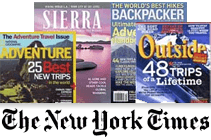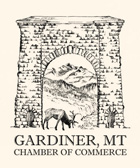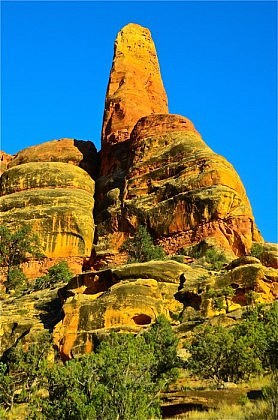The last of the great western wilderness ecosystems that I’ll discuss in this series is in northern Montana, crossing the Canadian border to include Waterton Lakes National Park in Alberta plus some smaller adjacent wildlands in British Columbia. The vast bulk of this rugged wild ecosystem, though, is in the U.S., and includes Glacier National Park, the huge Bob Marshall Wilderness Complex, the Mission and Rattlesnake Mountains, plus adjacent wild and semi-wild lands in western Montana’s Swan Valley. And the east slope of these mountains include the Rocky Mountain Front where prairie and mountains collide. This big and wild region is called the Northern Continental Divide Ecosystem (NCDE) or simply the Glacier Park-Bob Marshall Wilderness Complex. The Bob Marshall Wilderness lies just south of Glacier National Park.
Big Wild Adventures runs its guided backpacking treks in the Bob Marshall Wilderness Area, the biggest chunk of wild country in the NCDE, named for one of the founding fathers of the Wilderness idea in the United States. Bob Marshall was a visionary forester who not only co-founded The Wilderness Society (which was a great organization until the late 1970’s when it became overly politicized and abandoned its original mission), but also convinced the Forest Service to begin adding protected Wilderness and Primitive Areas to its then limited Wilderness resume’ (which until Bob Marshall came along, included only the Gila Wilderness in southwestern New Mexico).
Perhaps the most dramatic part of this mountainous land of forest, river valley, meadow, peak, and gigantic limestone wall is the Rocky Mountain Front, where the Great Plains landscape suddenly morphs into rugged mountains that quickly rise to the Continental Divide. Our guided hiking treks in “The Bob” begin in the mountains near the prairie interface, and our routes take us up spectacular stream valleys to the Continental Divide — and across it in years when early summer snowpack allows. In any event, the scenery is spectacular and wildlife is abundant. Big herds of elk, bighorn sheep and mountain goat thrive on “The Front”, and the entire wilderness complex supports grizzly and black bear, gray wolf, wolverine, lynx and many other wilderness dependent animals. In all my years guiding, I’ve seen one lynx, and that was in The Bob. And one of my most memorable griz sightings while guiding for Big Wild was atop the Great Divide along the Rocky Mountain Front where we watched a sow grizzly with two cubs for hours. Mama bear was feeding but the two cubs were joyfully playing on an adjacent snowfield, redundantly climbing it and then sliding down in a variety of positions including head first, feet first and every other ursine contortion that you might imagine! What a show!
We cannot guarantee a grizzly body-sledding show if you sign up for this trek. But we can guarantee a real big and wild experience in The Bob, Glacier Park’s wilder sister.



